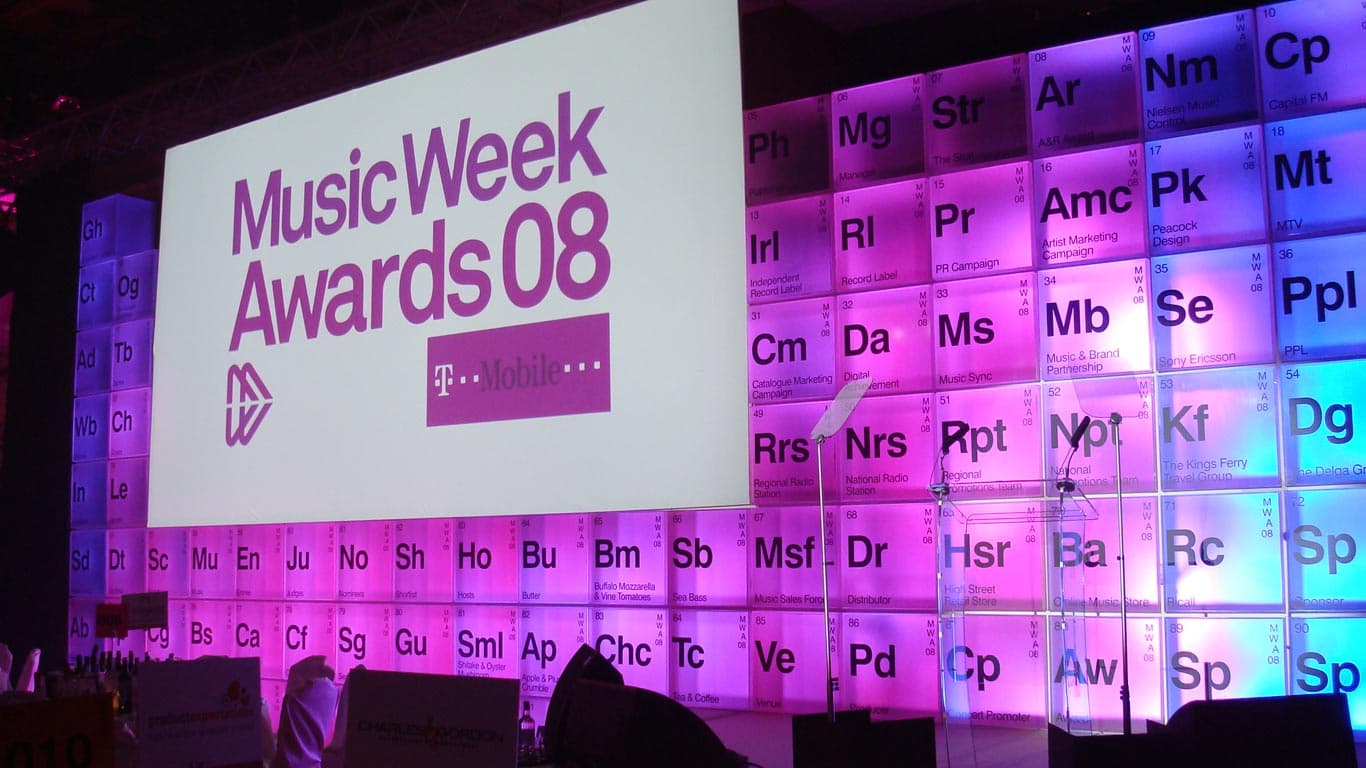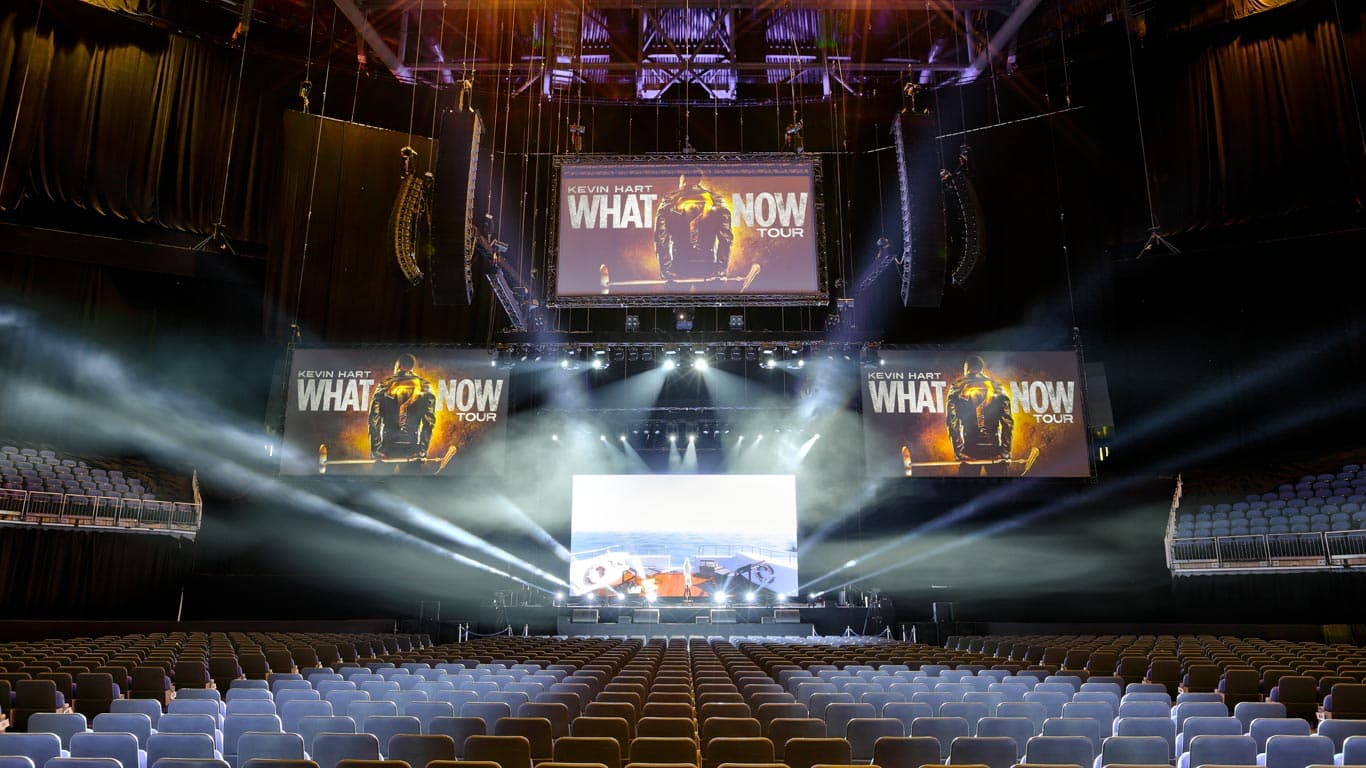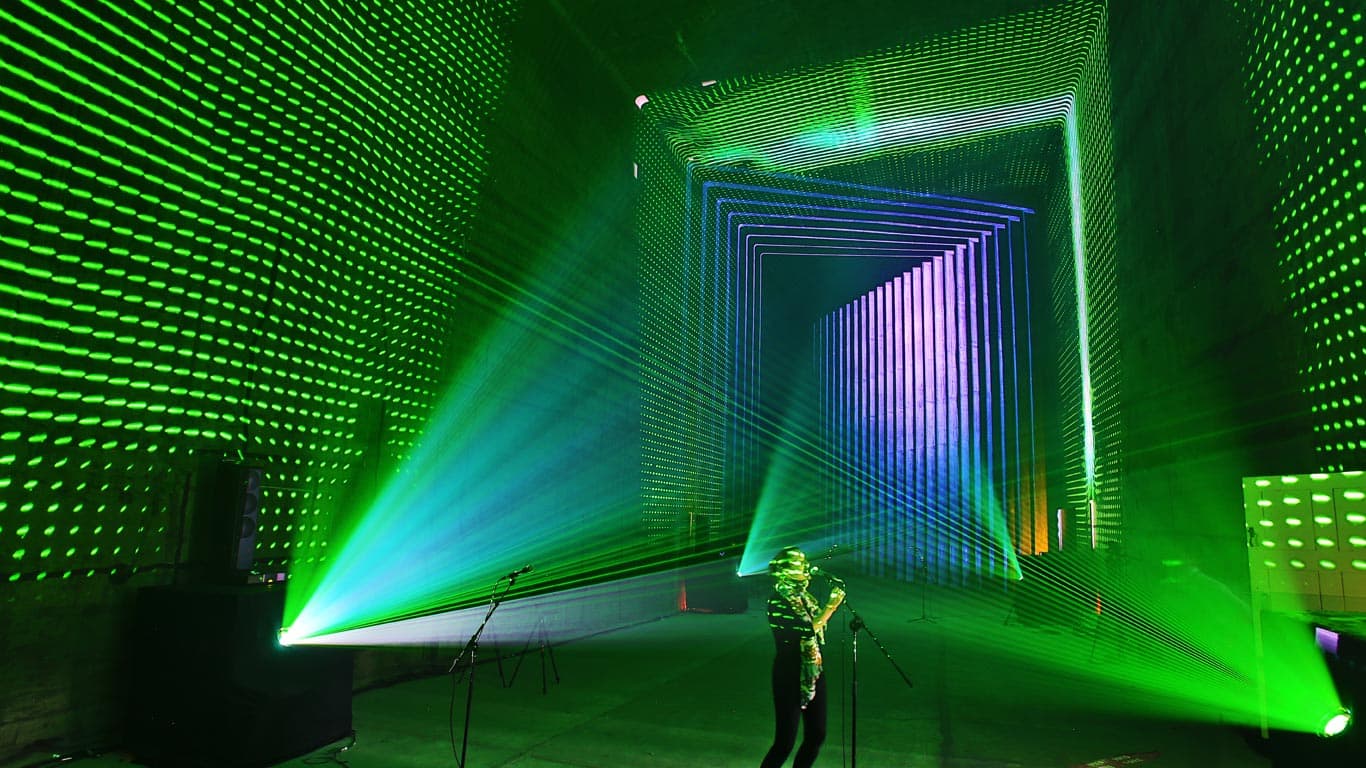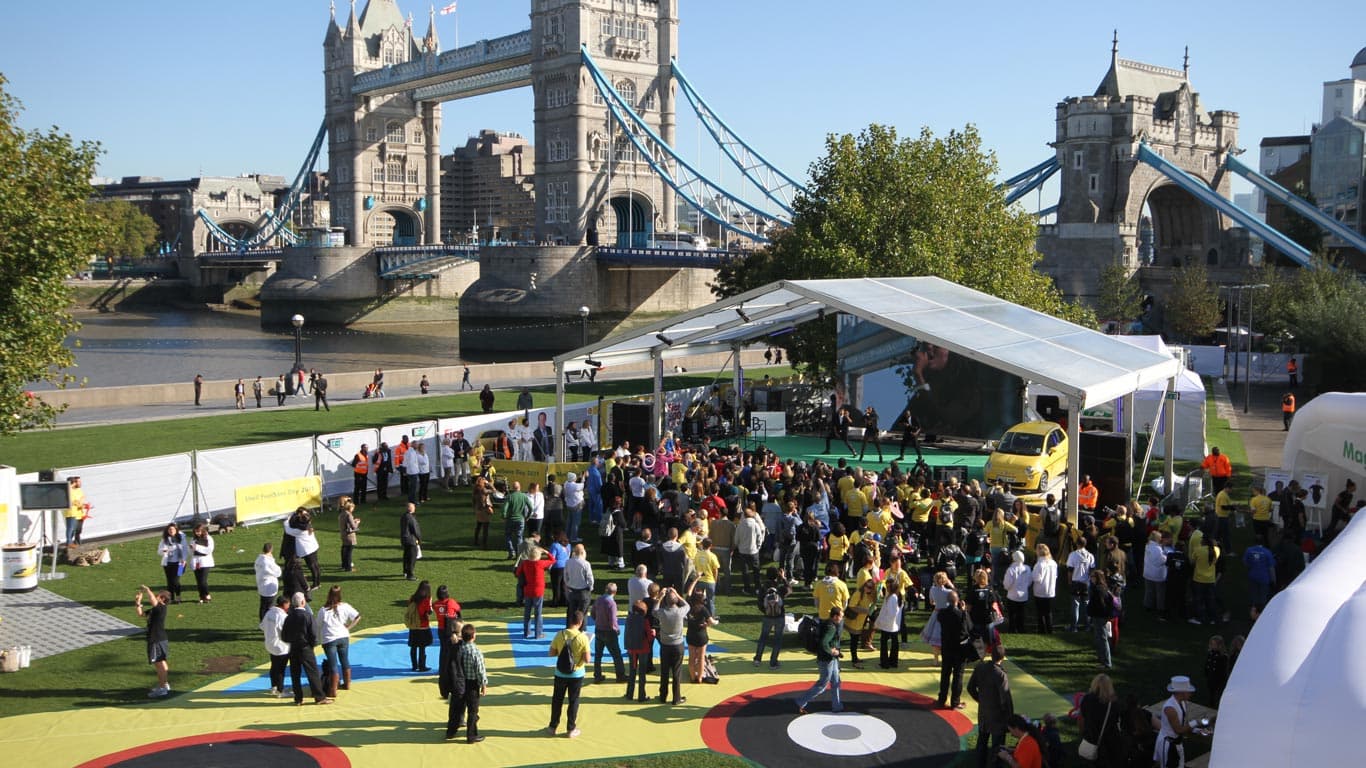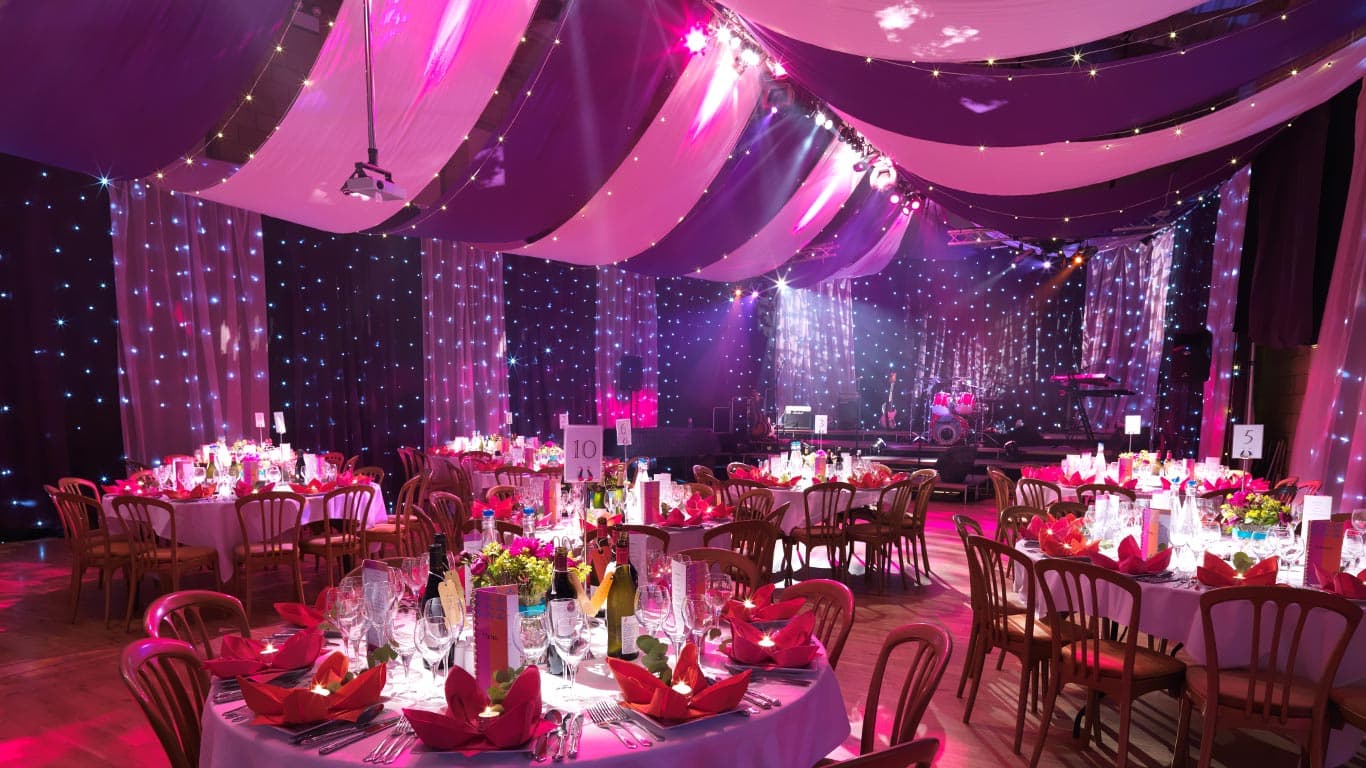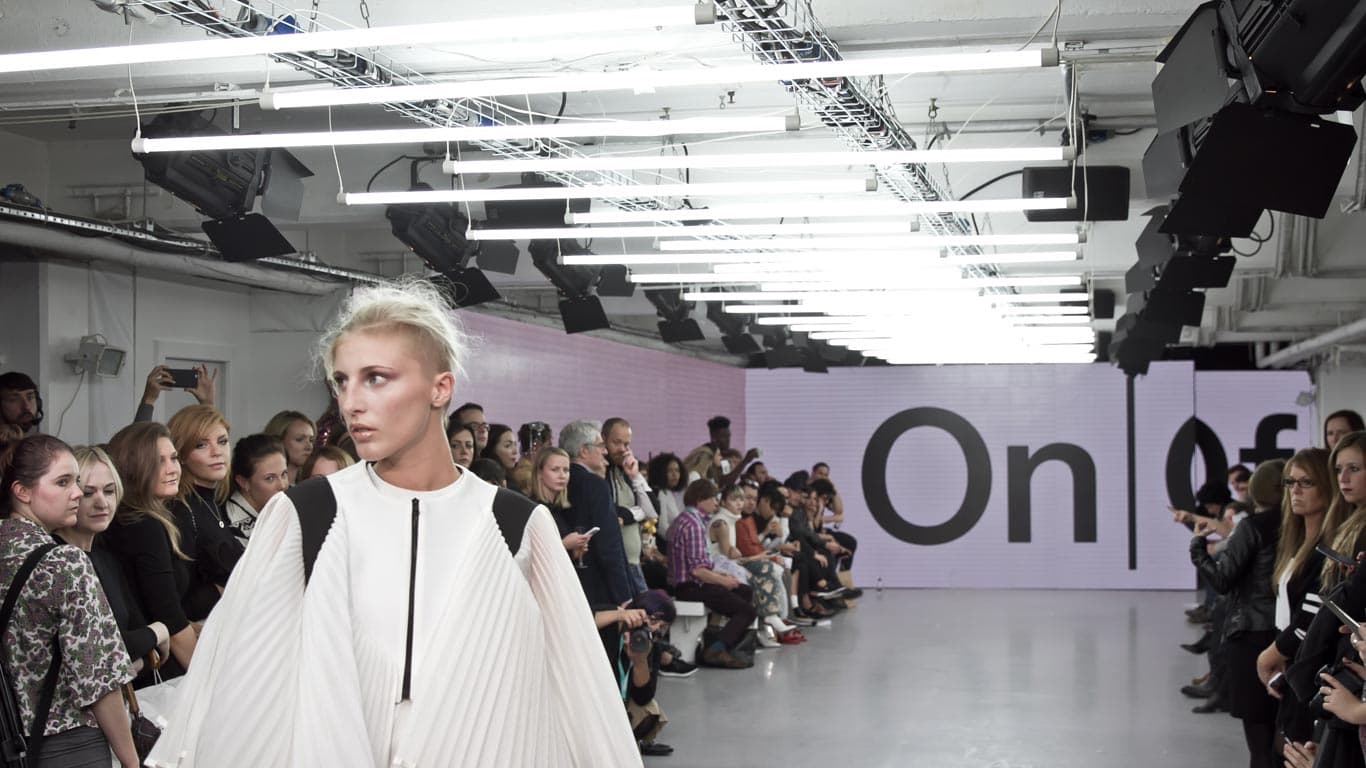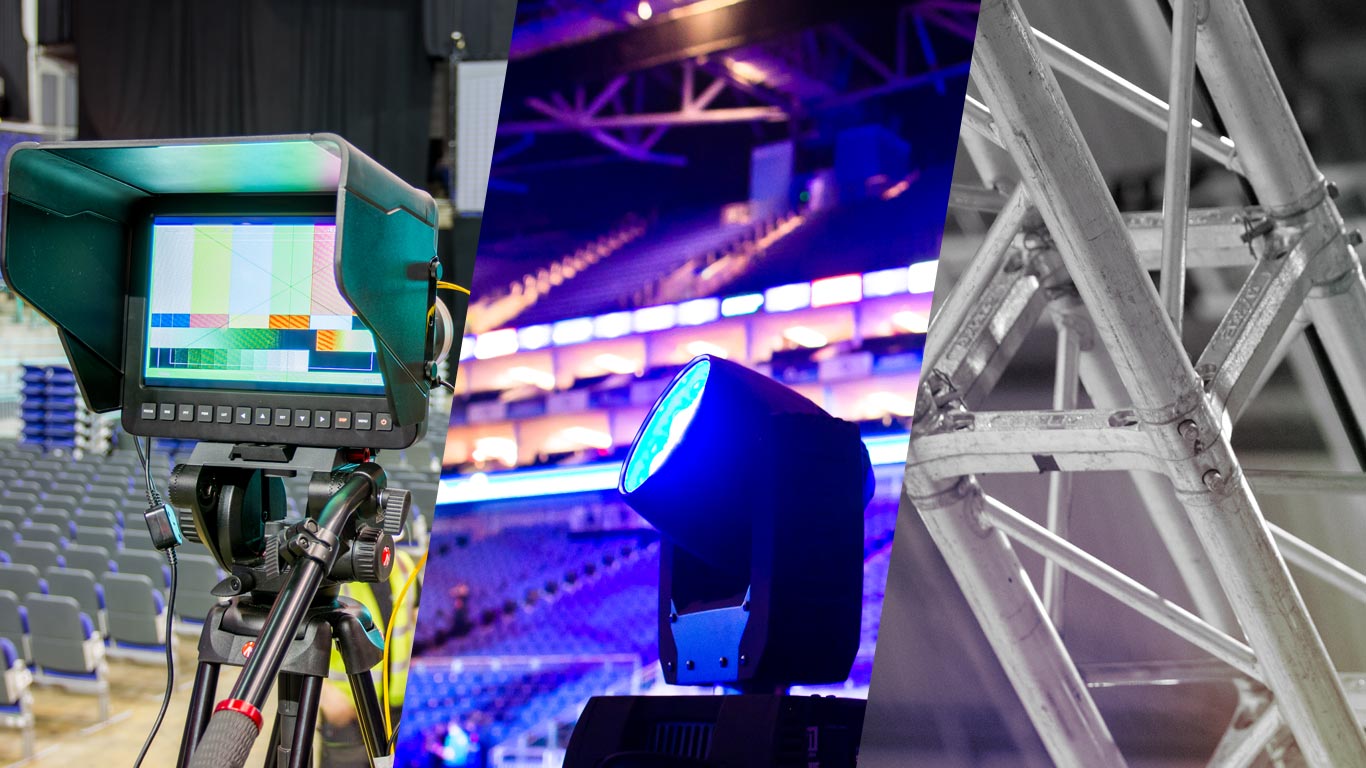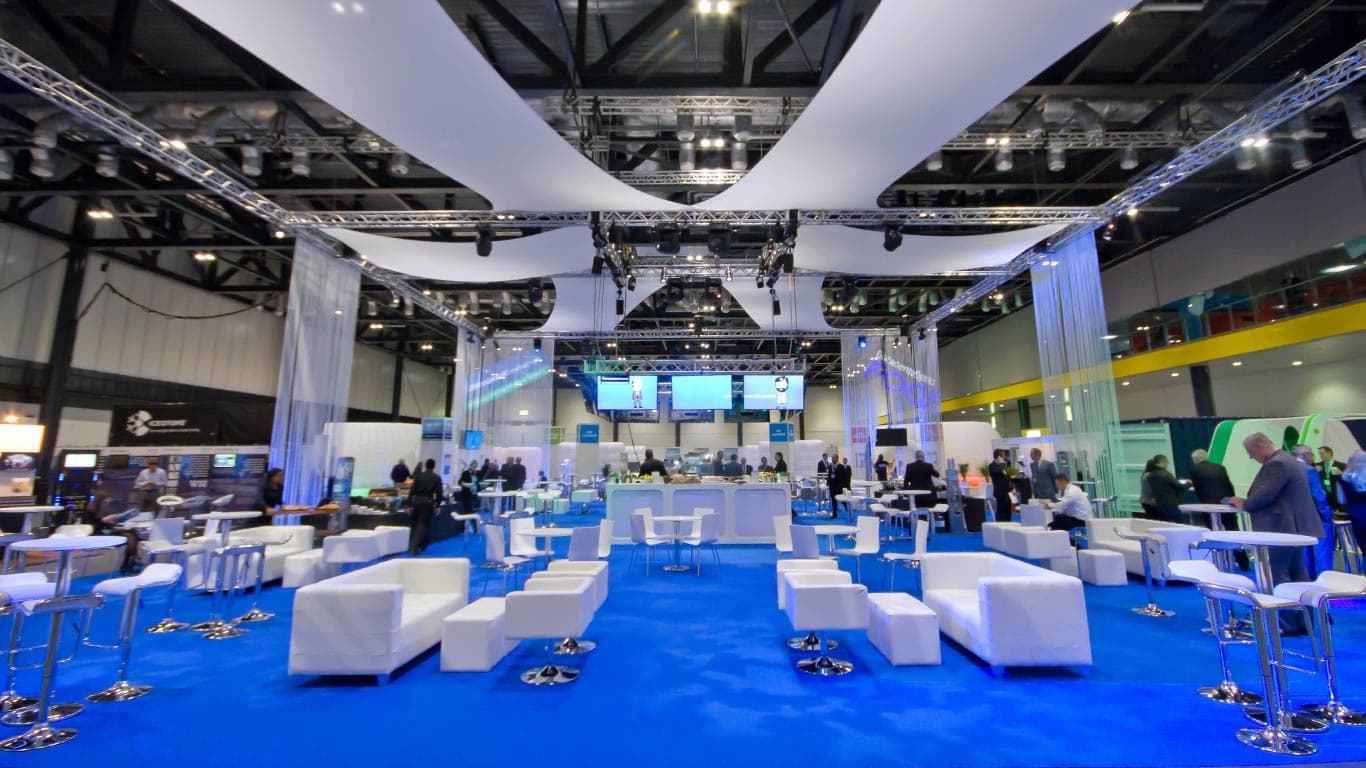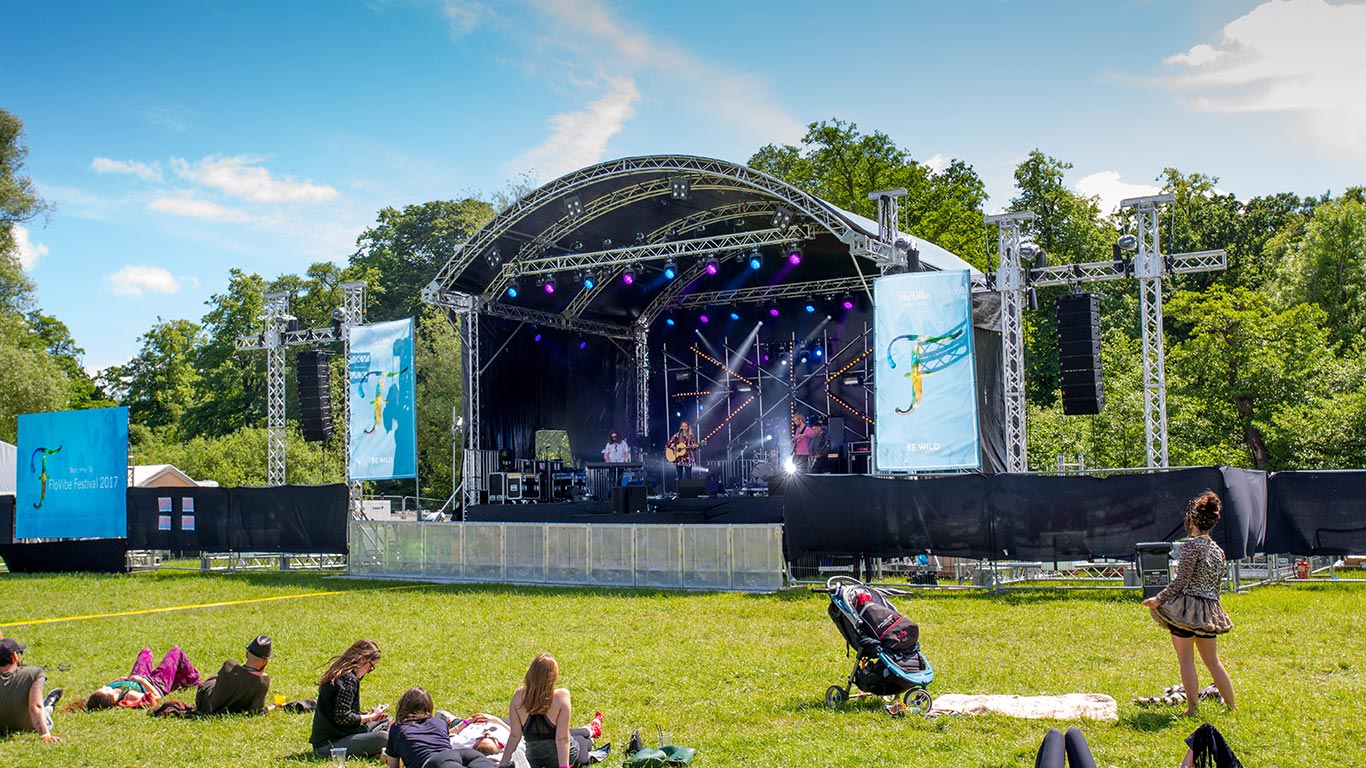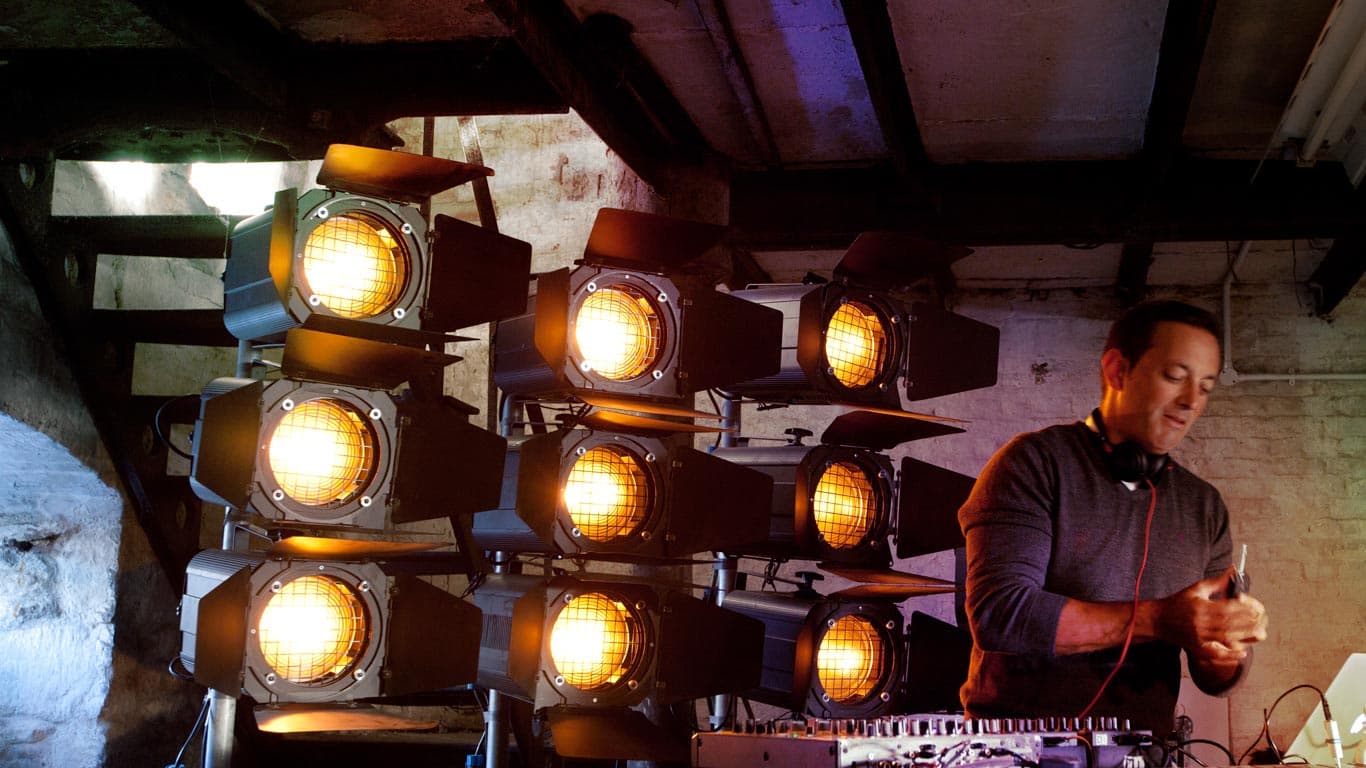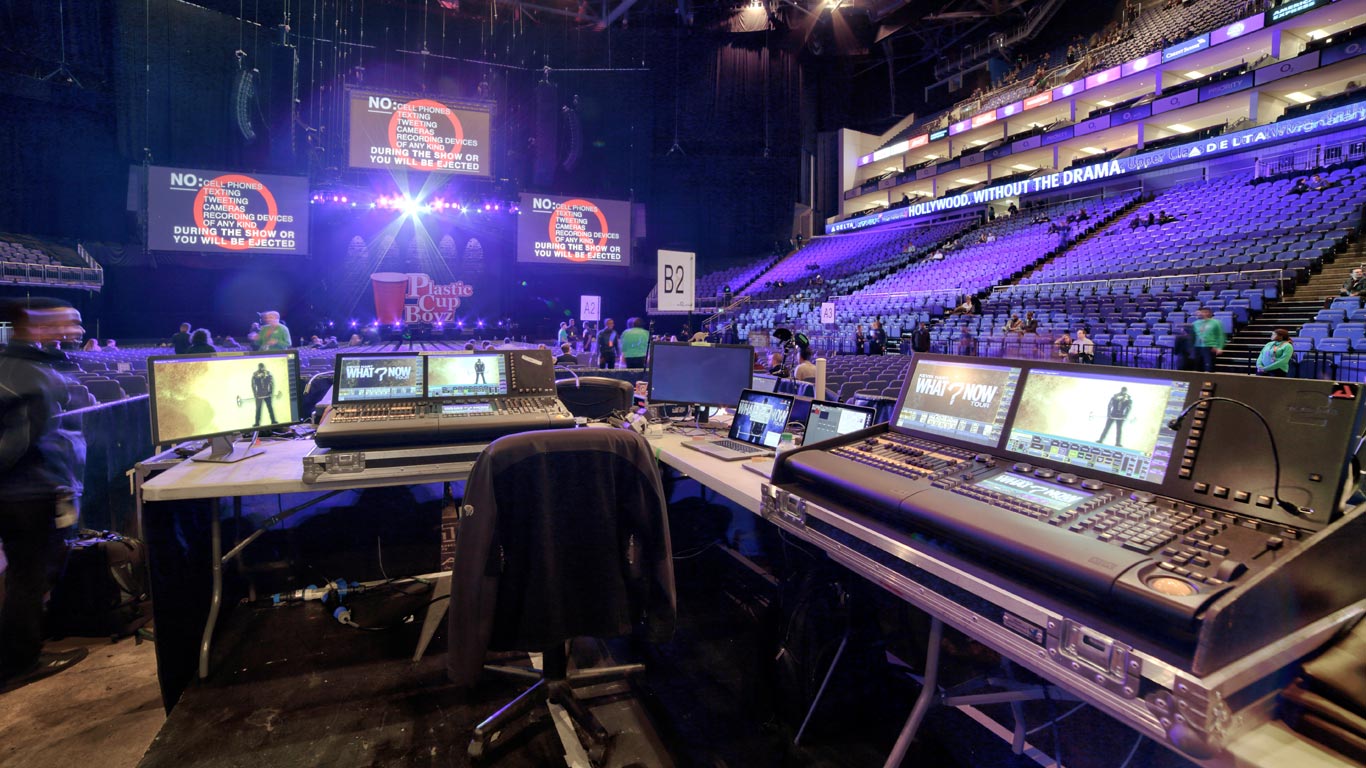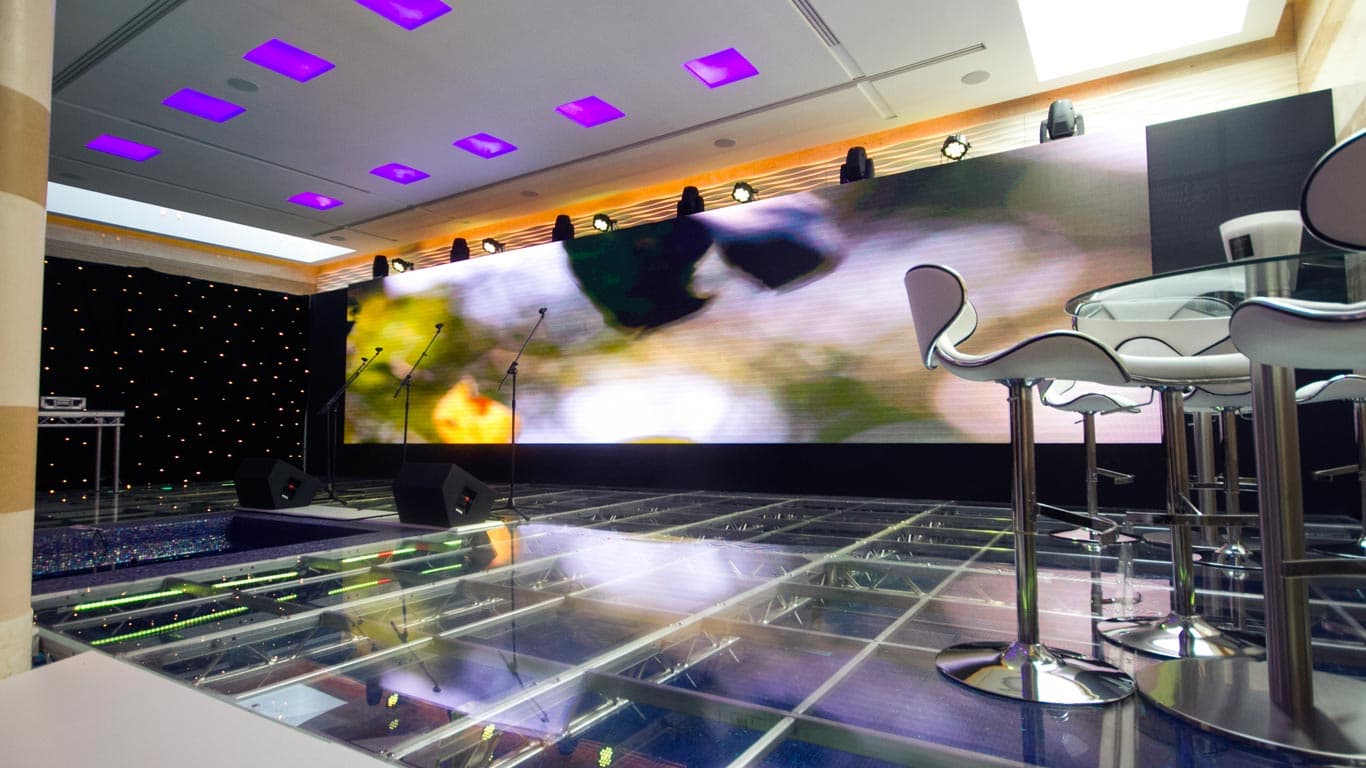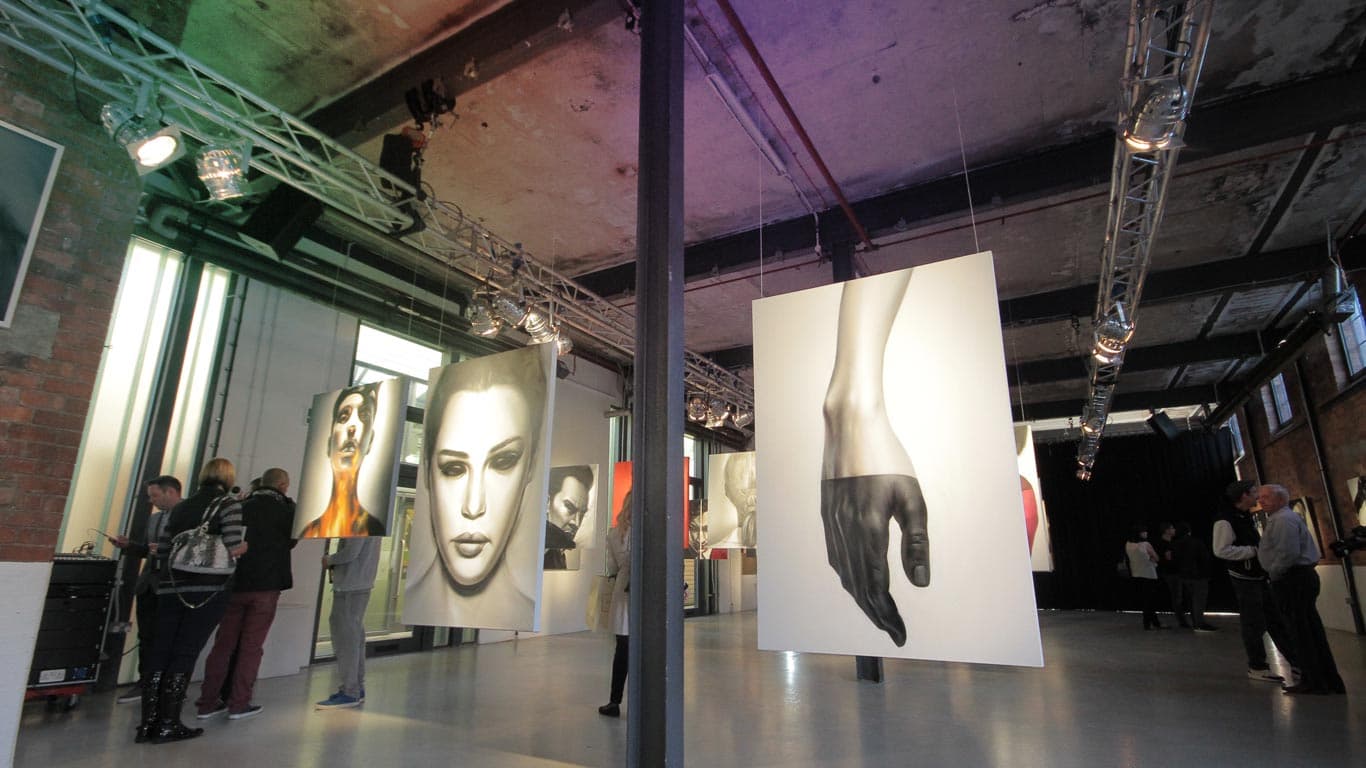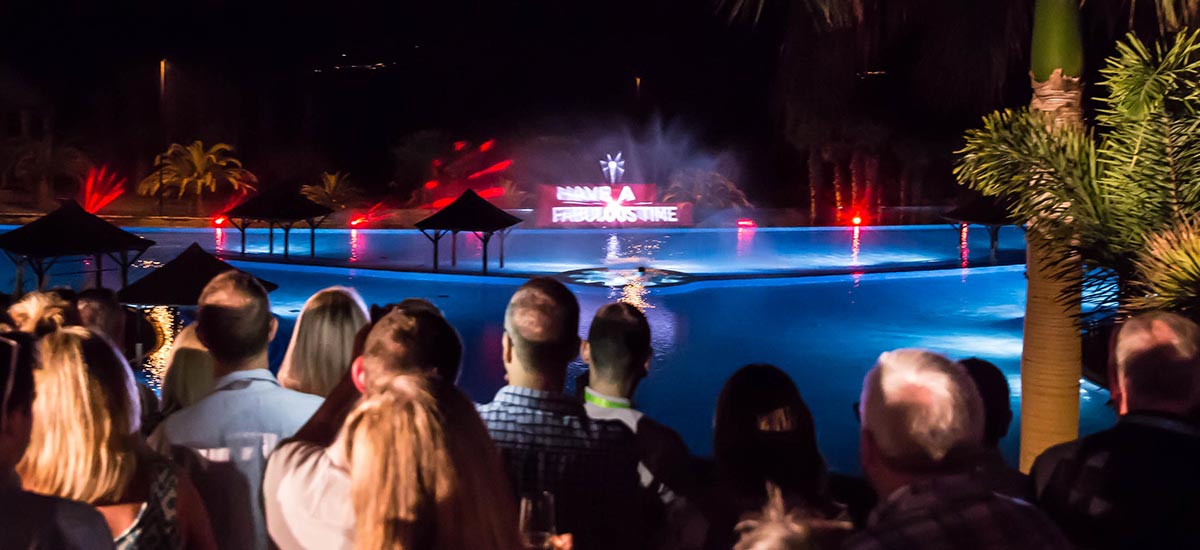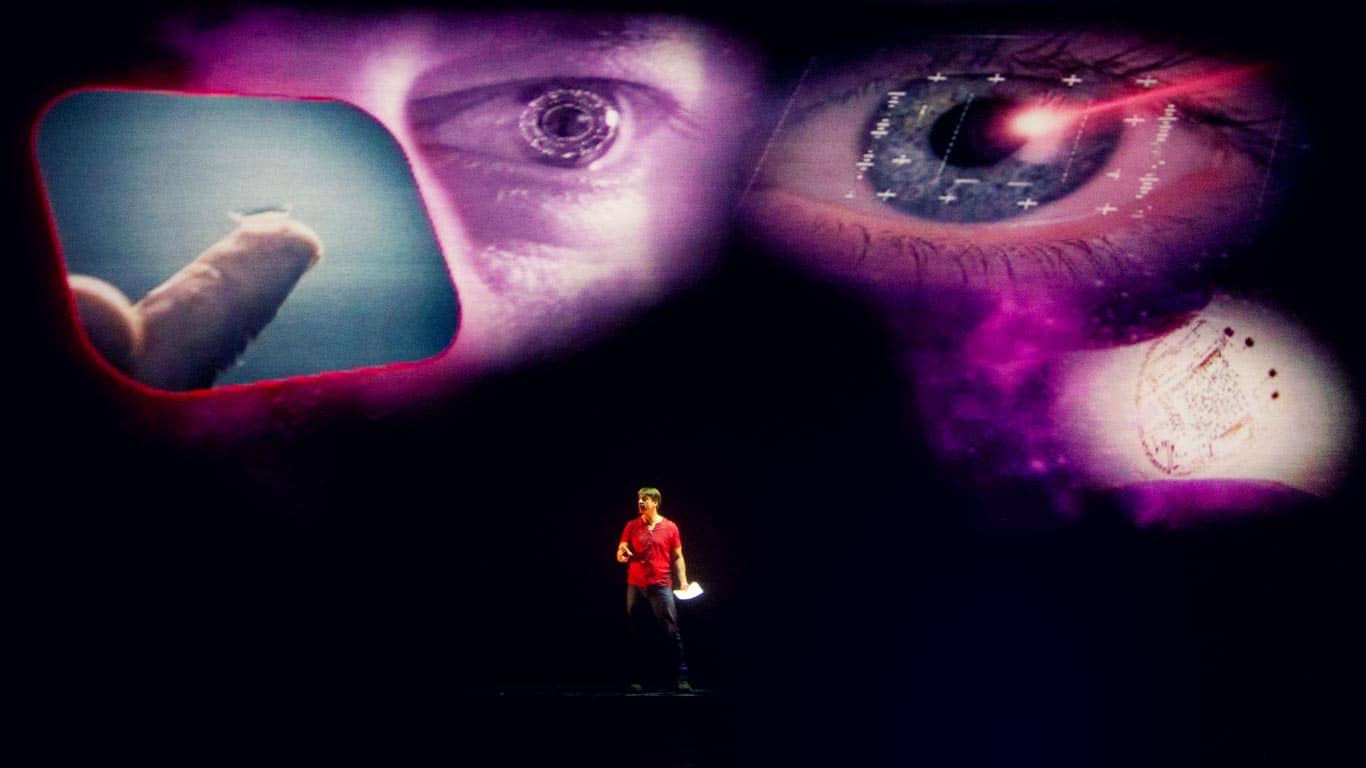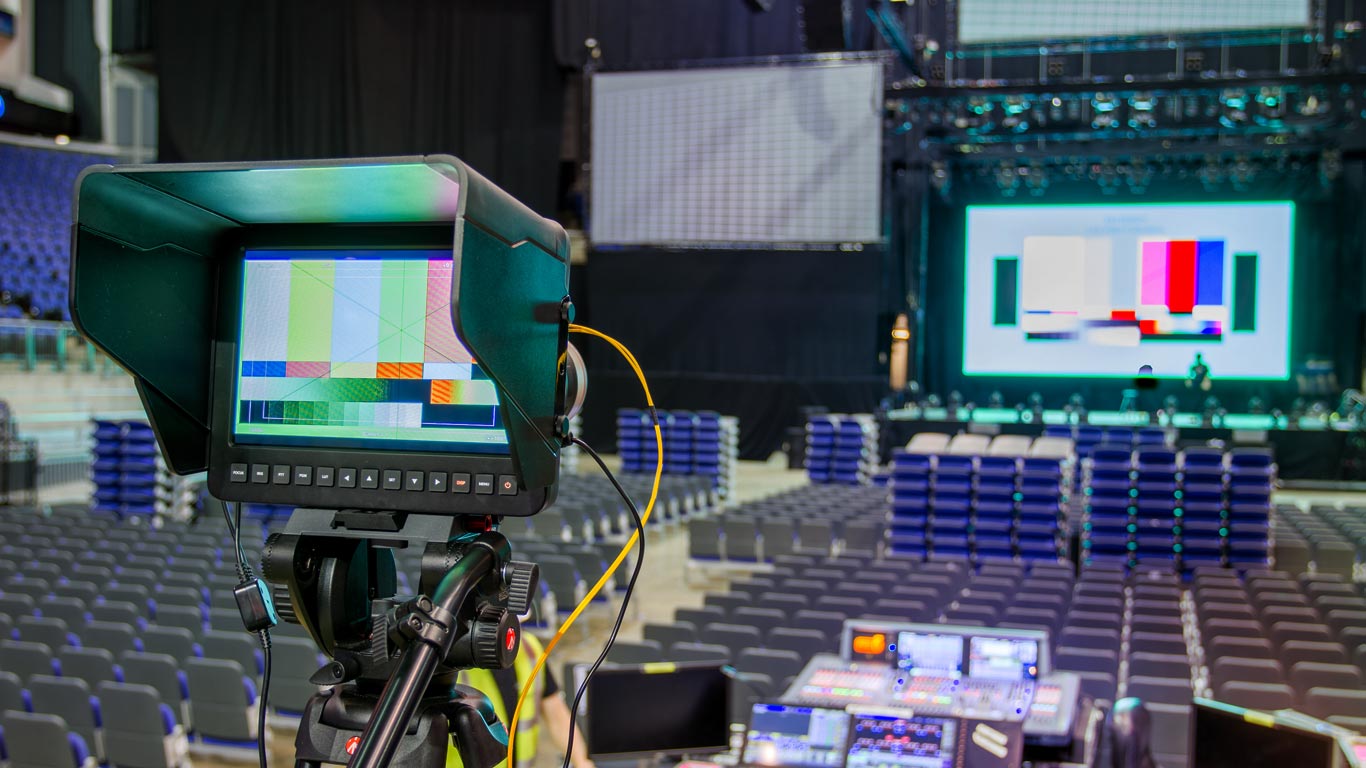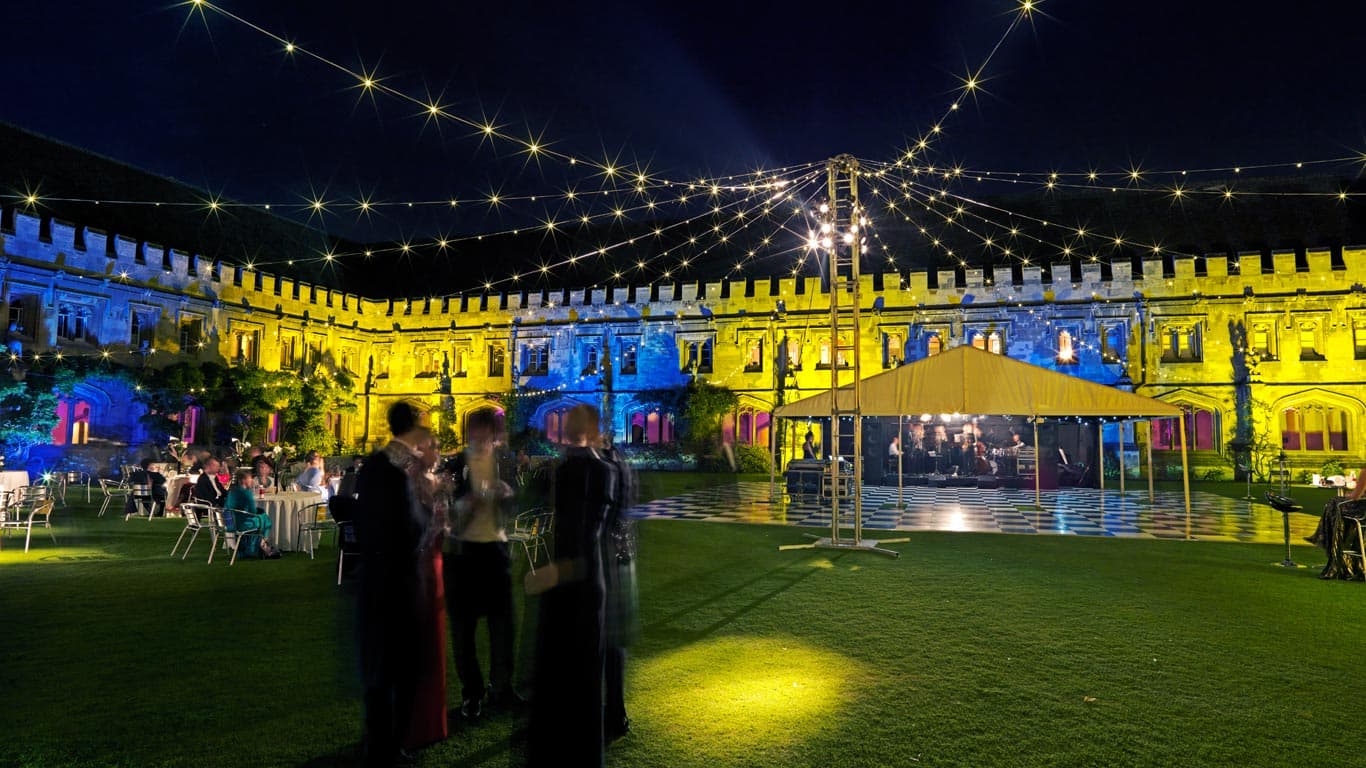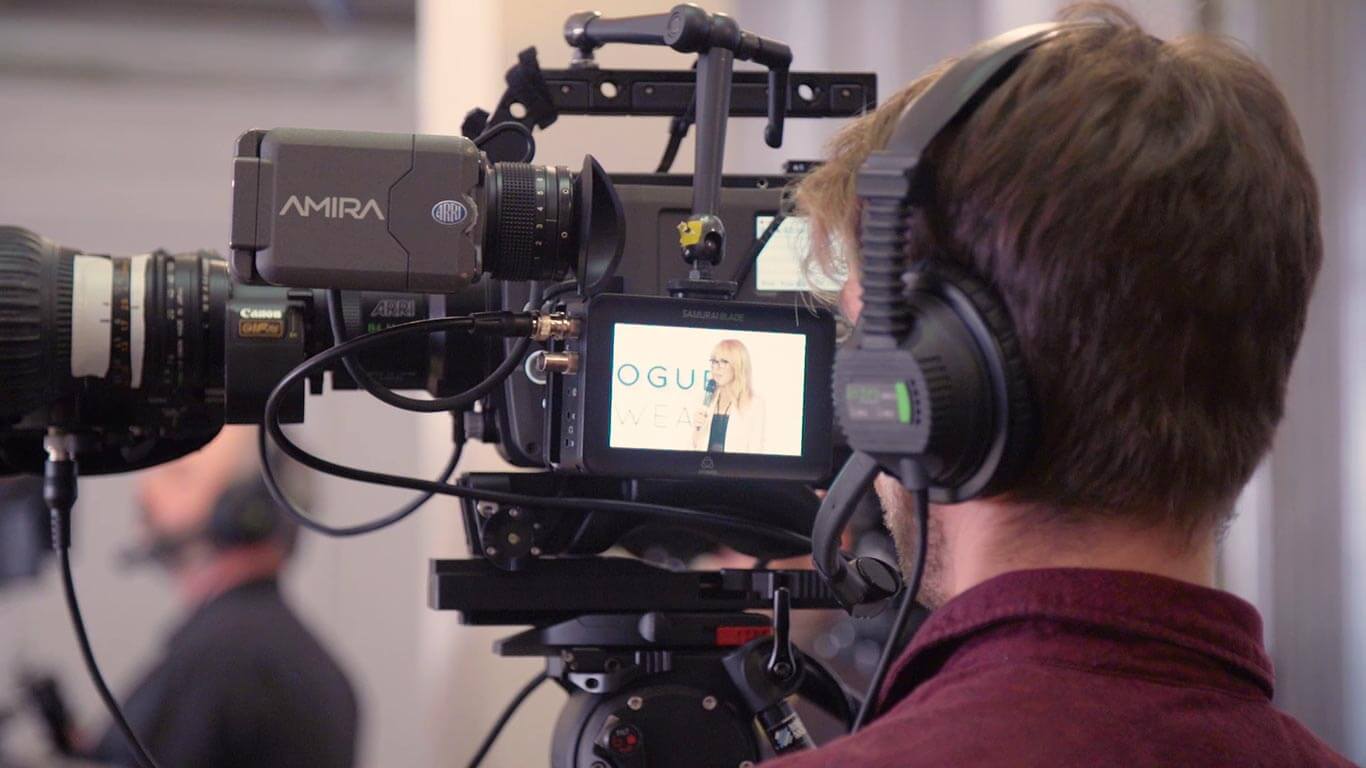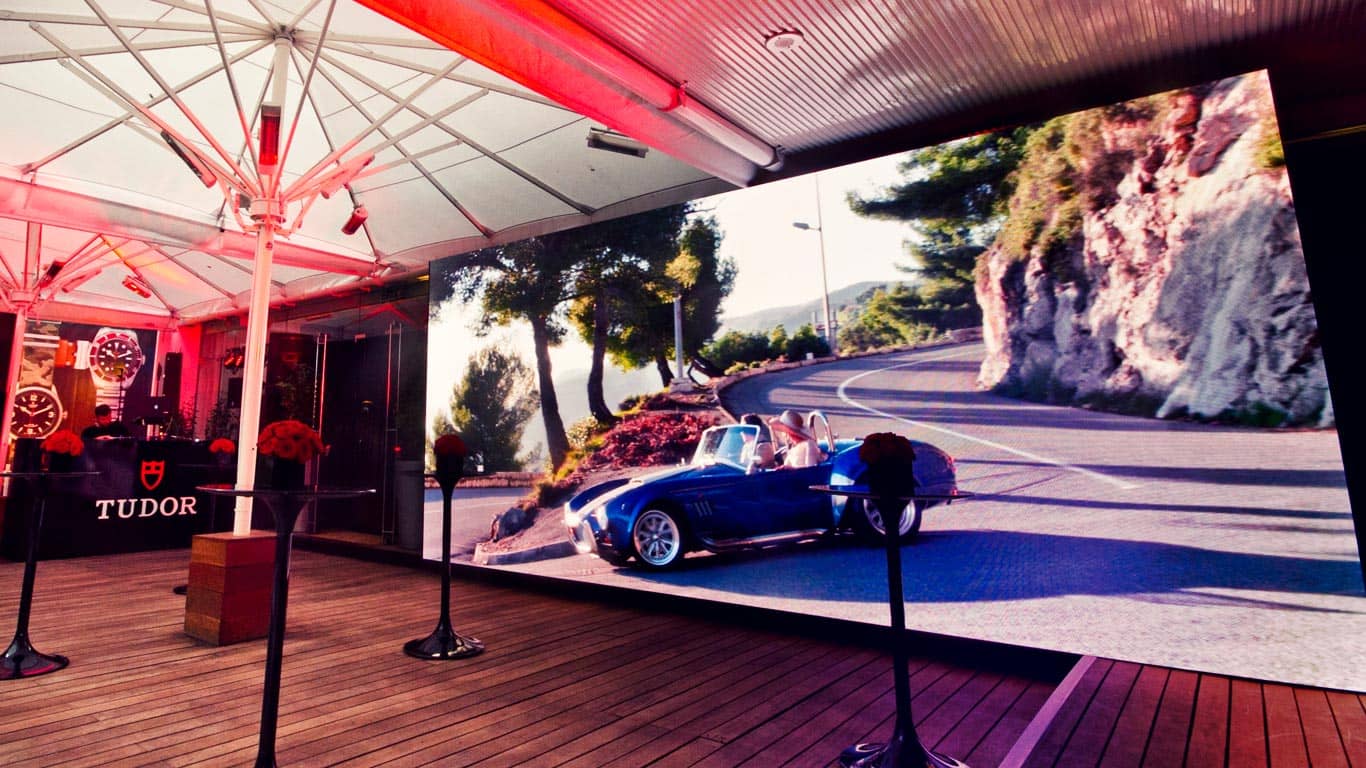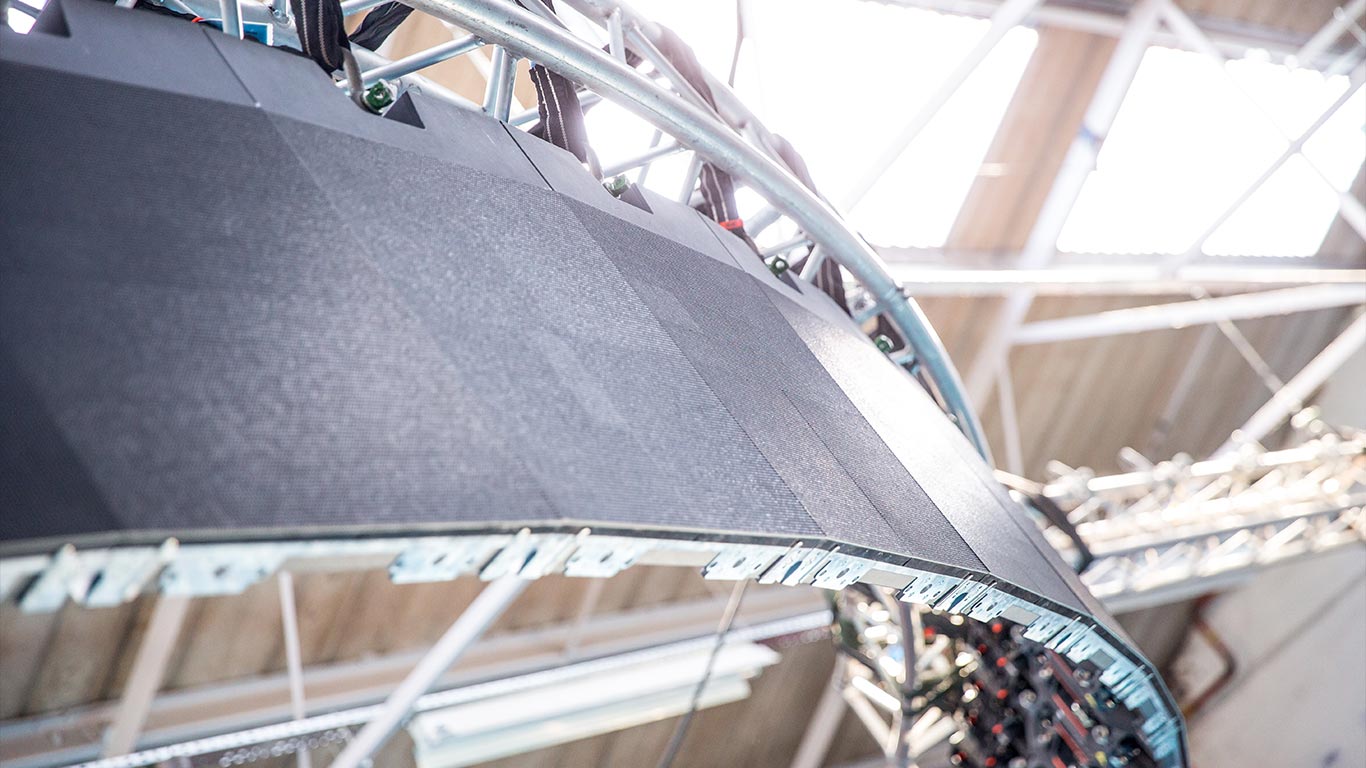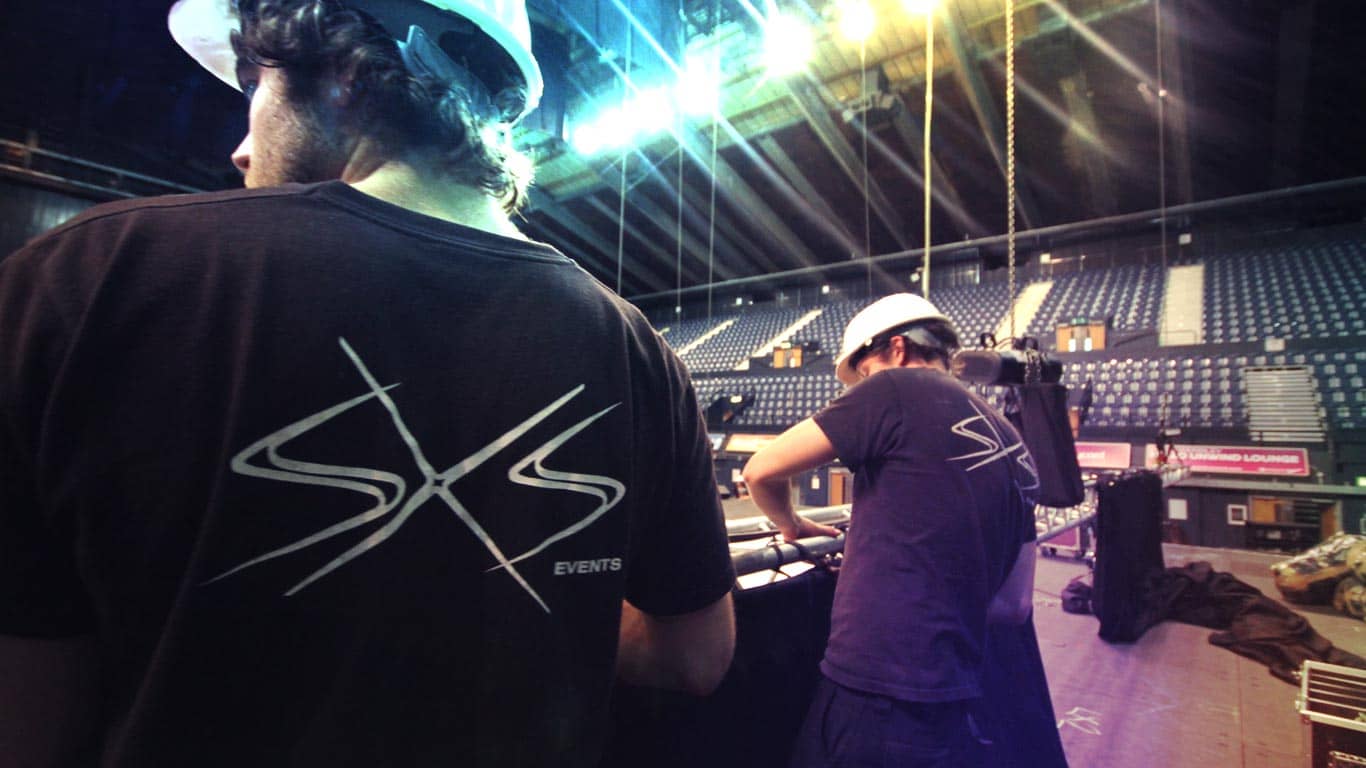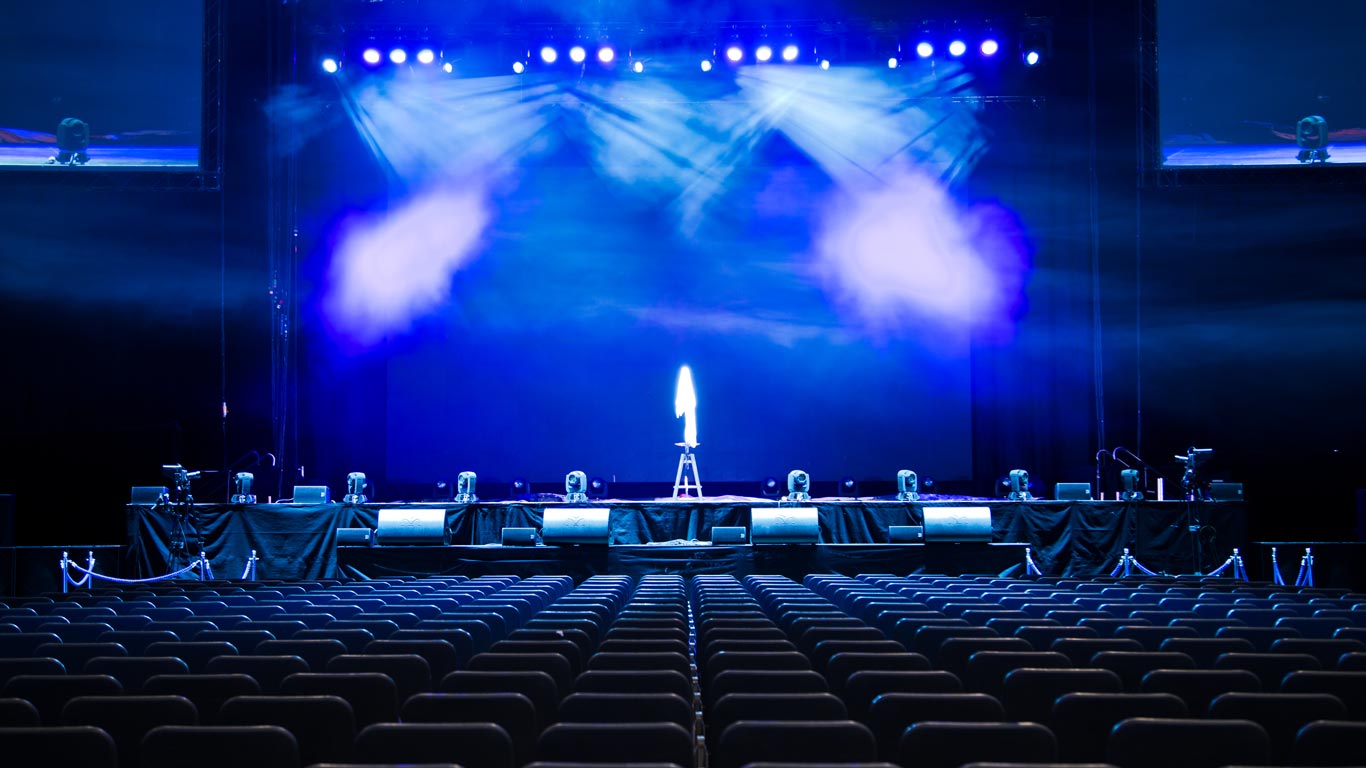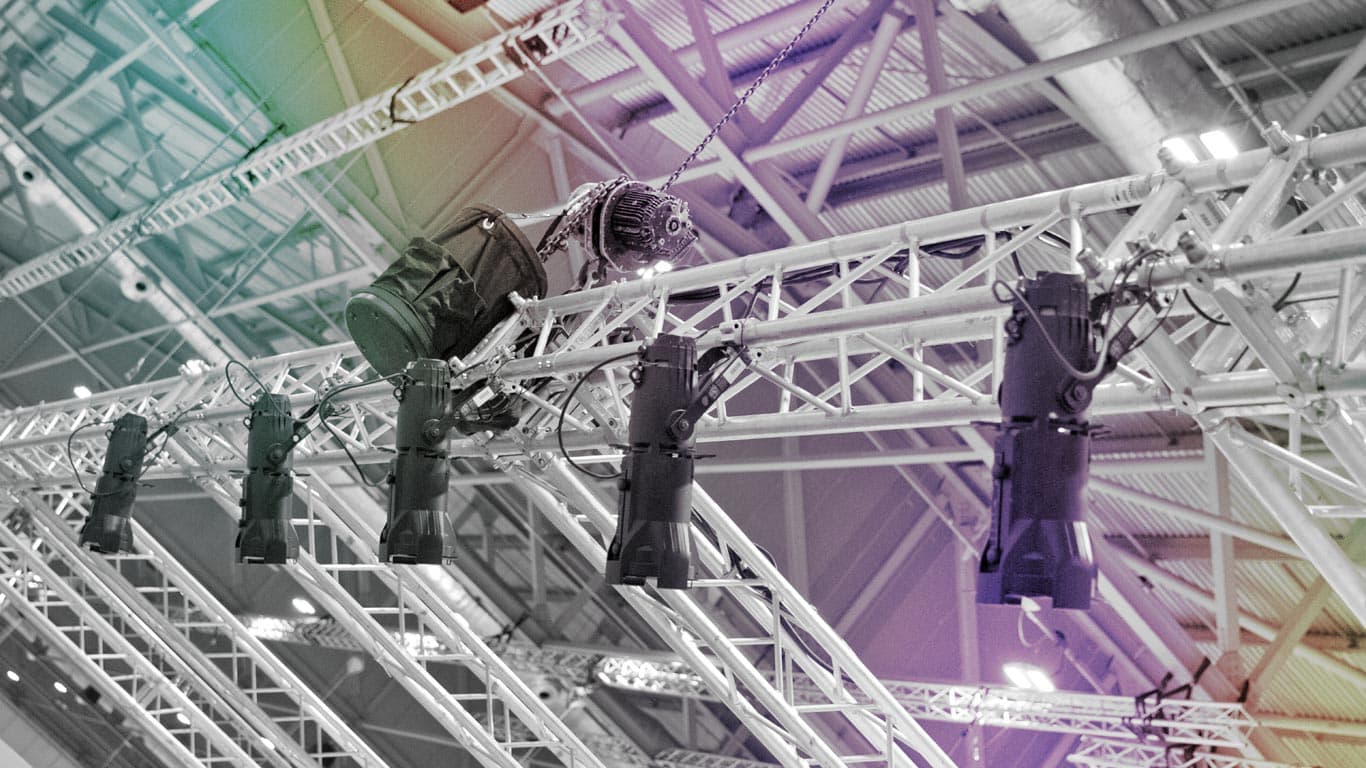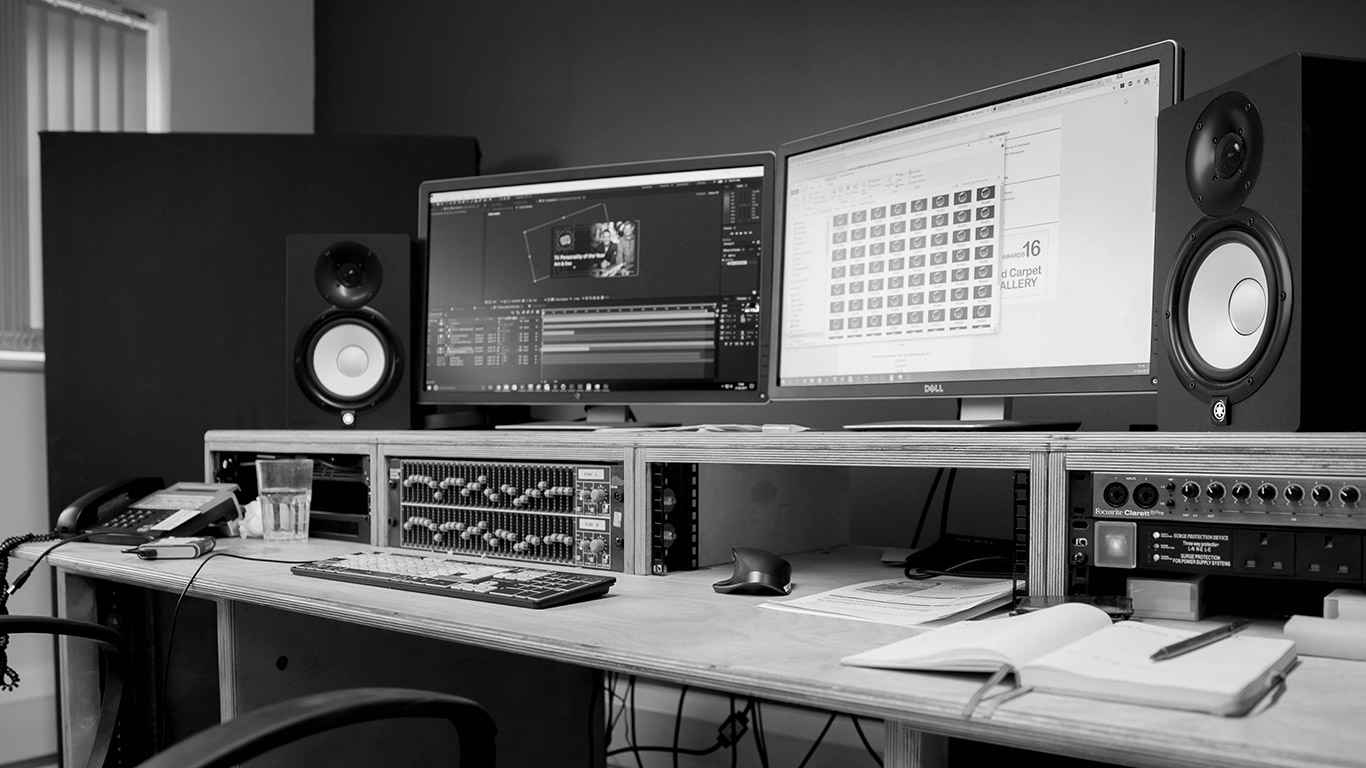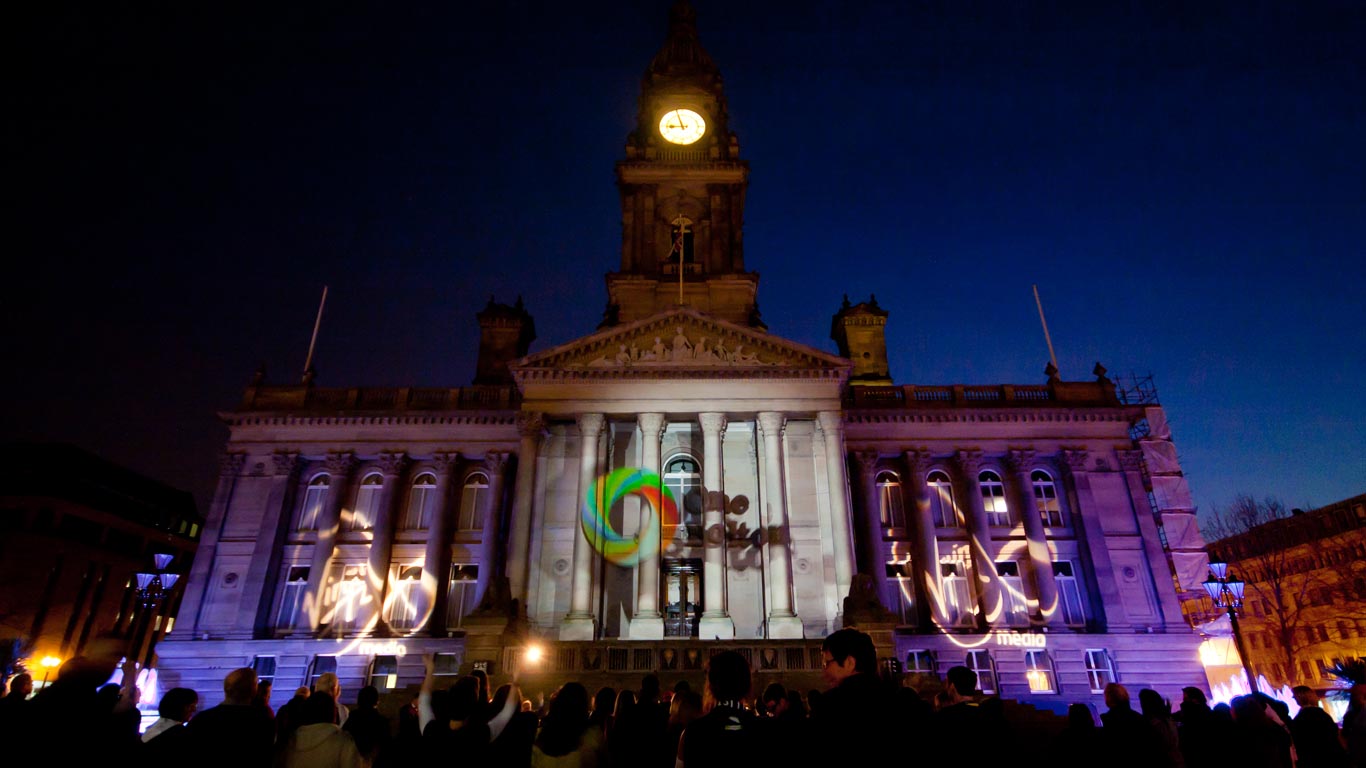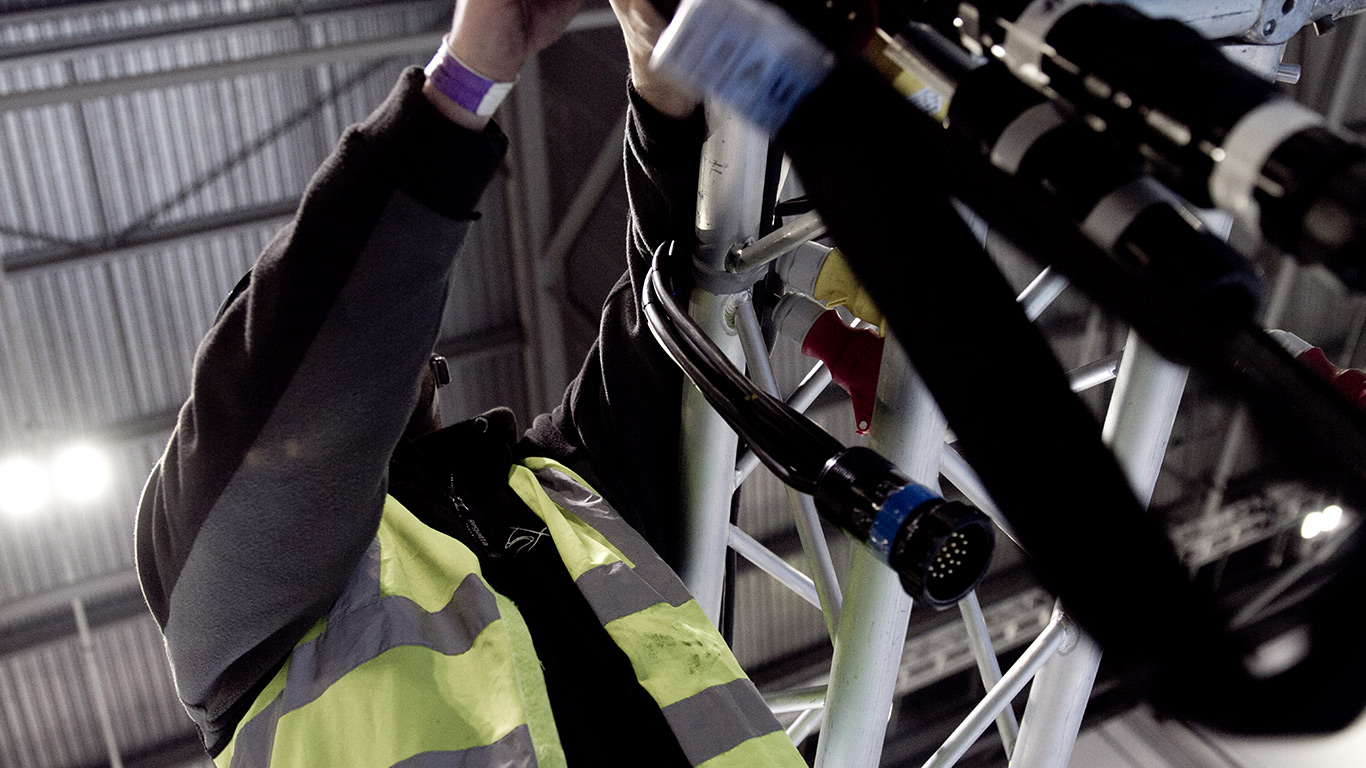Rigging Points Article
This article has been written to give Event Organisers an overview and description of "rigging points". Rigging is the work needed to elevate or suspend systems and/or items above ground level to the correct location safely and in a way that is suitable for the event.
In this article I will cover some of the main types of rigging points and how they relate to an Event Manager's role. Please note that in all cases you should liaise with your chosen venue about how rigging is approached. The information here is indicative only, intended to give a simple overview and based on this writer's experience at the time of publishing.
What is a "Rigging Point"?
Many venues throughout the UK have "rigging points" available for rigging. These are also often referred to as "hanging points", "fly points" or simply "points". Points can take many forms and some types are unique to specific venues. They are all ultimately designed to enable lifting equipment to attach to equipment or items and to safely elevate them to various heights. For example this could include loudspeakers, lighting systems, video screens, graphics or theming items.
The word "fly" specifically refers to something which is hung overhead; whereas "rigging" is a general term that covers the design, installation, safety management and equipment involved in placing items into the right position.
Rigging points can be classified into four main categories:
Integral Rigging Points
Some points are included as part of the superstructure of a venue and are therefore included in the original design of the architect's and engineer's construction of the building. A good example of this are the rigging points in purpose-built theatres – in such venues the roof structure over the stage area is engineered to hold weight loads far beyond that required for the building alone and can often hold very large loads. This is often the case in many West End theatres in London, as well as Concert Halls and Theatres in other cities throughout the UK. Venues such as The Park Lane Hilton, Marriott City Centre in Bristol, Hilton Metropole in London, Hippodrome in Bristol, ICC in Birmingham, St David's Hall in Cardiff and many others have dedicated rigging points that were designed as part of the building structure. The physical points in such venues can be steel eye-bolt, hook or other devices.
All such points should have a specified Safe Working Load (SWL) which helps a Rigging Designer understand what weight and size loads may be suspended.
Retro-fitted Rigging Points
Sometimes rigging points are "retro fitted" into venues. This means that the venue did not originally have rigging points installed but a qualified Structural Engineer has established a safe working load that can be applied and subsequently installed in which appropriate hardware can be attached. As many of the UK's event venues and ballrooms were built before modern events required rigging, retro fitting is common place practice in these locations. In these cases structural engineers are likely to need to make calculations based on joists, rafters and other structural items that could be well over 100 years old. Rigging points in these venues are often considerably less in number than in more modern venues. Venues like the New Connaught Rooms in London, One Mayfair in London, One Marylebone in London, and Sheraton Park Lane in London have only very basic rigging facilities, if at all. It is therefore necessary for the Production Company to design shows that do not rely heavily upon existing rigging points. Other venues, such as Wembley Arena, were not originally designed for high loads but have subsequently been modified or adjusted to allow for significant roof loadings.
Dedicated Rigging Points
The other type of rigging point is one that is installed for the specific use of a given project. This is appropriate when the load capabilities of a roof are known and attachment is practical. For example, a venue roof may be constructed from steel joists (RSJ's) where the additional imposed load is known. In such cases a non-intrusive attachment could be made to the joist from which rigging hardware can be hung. The attachment could be a sling, a girder clamp or other method to be chosen by an experienced Rigging Designer.
These rigging points can work well, as the location of the rigging point can often be precise and there is less need, therefore, for permanent equipment to be installed. This is how many Exhibition Centres work, including Excel Docklands, Earls Court and the NEC. In all of these examples it is typical for the in-house Rigging Contractor to install the points whilst the Event Manager's chosen Production Company installs all subsequent equipment (check with your venue for more information).
Ad Hoc Rigging Points
In some venues it can be appropriate and necessary to create ad hoc rigging points for a one-off use for lightweight items. This can include using existing lighting tracks, dividing wall runners, handrails or even bespoke catenary wires, compression-systems or wall fixings designed specifically for a one-time temporary use. This is a specialist field that needs to be considered and risk-assessed on a case-by-case basis by an experienced Rigging Designer. General information cannot be provided. This is beyond the scope of this article but I have mentioned this to let readers know that even if a venue does not have dedicated rigging points it can sometimes be possible to hang lightweight items to achieve the desired outcomes. Please call SXS to discuss any requirements you may have - photographs of the venue are always a good starting point to establish the feasibility of such methods.
Charges for rigging points at venues
Many venues in the UK charge for use of rigging points. The way this is done and the amounts charged vary considerably from one venue to the next. Some venues do not charge for use of their rigging.
Larger exhibition venues typically require the Event Manager to make a request for rigging points. The type of point and its location is communicated through a "rigging plot" (a drawing showing what is required, see here for more details). This will then be given to the venue's chosen Rigging Contractor to install the points. It is common for a fee to be charged per point. Often options will be provided such as: 1000kg point, 500kg point, cost for electric hoist, cost for manual hoist etc. Your Production Company will be able to advise on what is required. At SXS we often make the booking for such items on the client's behalf to ensure that everything is in order.
For most exhibitions and events the first equipment to be constructed is rigging as this requires the use of the entire floor space. It is important that the time frames are agreed upon with the venue's Rigging Contractor as any delays could affect the start of the event. We ensure that such arrangements are in place and form part of the contract with the venue's Rigging Contractor.
In many cases hotels do not charge for rigging points and these are provided as part of the venue package (check with your venue). In these cases the venue should ask for proof of competence from your chosen Production Company. At SXS we provide a detailed production plan, technical drawings, RAMS (Risk assessment and Method Statements) and £10M public liability insurance which should ensure straightforward approval and the confidence of the venue management. In a few rare cases I have seen venues insist that only their "preferred suppliers" do any rigging or rigging-related work. When Event Organisers are working with experienced, competent and credible production providers these rules are unreasonable and for this reason this practice seems to have become less common in recent years.
Dealing with Venues
It is important for Event Managers to tell the venue who is their Production Provider and to make the introductions early on. This enables everyone involved to understand each other's requirements and to ensure smooth delivery of service.
From my experience I know that venue management has a serious problem with sub-standard or inappropriate contractors working in their venues for obvious reasons as this reflects on the quality and safety of the event throughout. Therefore at the outset collaborative working and transparency are essential. From my experience of delivering over 1000 productions throughout the UK and Europe, venues are almost always very helpful to Event Managers and contractors alike when relationships are underpinned by a shared focus on ensuring that the event runs smoothly and safely. At SXS we have various methods of communicating plans and gaining feedback to ensure this happens.
Design Philosophy
SXS take a balanced approach to rigging design and factor in aesthetics, budget, logistics and show design to produce appropriate rigging solutions. In all cases safety is seen as "non-negotiable" but the Safe System of Work is developed to work within any projects limitations.
More On Rigging
- Rigging Points Explained Article -Please click here
- Rigging Plots Explained Article -Please click here
- Rigging Overview -Please click here
Please Note
Information provided about specific venues is for indicative purposes only. Full information should be requested directly from venues, or via an approved Production Contractor. SXS is happy to liaise with your venue on your behalf regarding rigging and other technical matters.
The information in this article has been simplified for the purpose of giving a general understanding for a readership which is expected to be mostly lay-people. This content should not be seen as absolute or an authority on the topics discussed. Please contact the SXS production team to discuss your specific project and our experienced team will share the benefit of our experience of over 1000 events spanning a period of 15 years.
Most of these articles are also available onGoogle+ via Johnny Palmer's Google + Profile
Read on
- To learn more about SXS' Rigging Services please click here
- To learn more about Structures please click here
- To learn more about exhibition rigging please click here




















